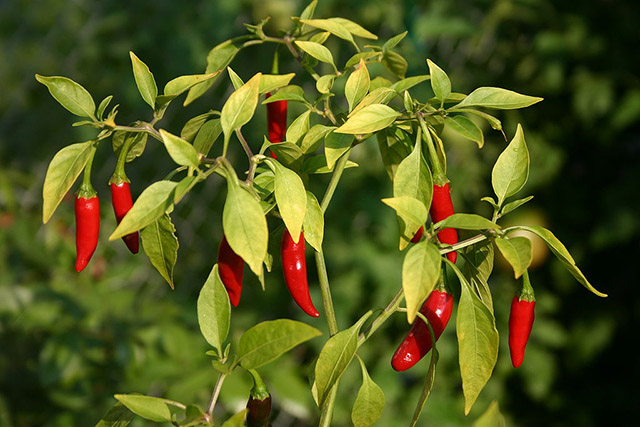(Updated 10:23 p.m.) Consumers got alarmed over the price hike of red chili peppers or siling labuyo from around P150 per kilo in February to about P1,000 per kilo in previous weeks, sparking price comparisons between public markets and groceries in Metro Manila.
Such reports circulated on social media over the weekend, and later caused anxiety on possible cost-cutting measures that would lessen the use of the spice staple in many Filipino cuisines.
The agriculture secretary’s strange advice
Agriculture Secretary Emmanuel Piñol did not help ease concerns when he advised Filipinos to produce their own red chili peppers to save money.
Piñol tried to downplay the chili prices. In a Facebook video, he explained that chilies are sold for only P50 per kilo in his hometown in Kidapawan city, Cotabato even if they are ridiculously pricey in Metro Manila markets.
He shared in the caption that he even has his own pepper plantation in his backyard that provides extra income for his family.
“Kailangan lang kaunting sipag para hindi reklamo nang reklamo,” Piñol remarked.
The chief of the Department of Agriculture failed to observe that most of the households in the crowded capital don’t have sufficient space to have backyards because, like in other metropolitan areas around the world, space costs.
Some supermarkets in shopping centers, however, dispute that there is indeed an increase in price but a P1,000 per kilo is a stretch.
However, news reports and social media testimonies attest to the high price of red pepper and even shared screenshots of it online.
Others, meanwhile, pointed out that households rarely buy one kilo of sili on a regular basis.
“It still doesn’t make sense. Who would buy one kilo nowadays aside from restaurant? Unless kung may pa-challenge ka ng sili eating contest,” Facebook user Edward Allen Pozon commented in a post.
The report on the expensive chilies claimed that they came from wet markets in Malabon and Balintawak in Quezon city.
An earlier radio report also announced that in Kamuning market, the cost of siling labuyo per kilo was previously P1,000, but had now decreased to P800.
Prices of fruits and vegetables are different across public and private markets in the country.
Interaksyon discreetly visited one supermarket in Taguig to verify the claims on Thursday. We found out that the cost of the native labuyo is P599 per kilo.
Is it all because of inflation?
While the primary cause for the soaring cost of basic commodities such as the siling labuyo is said to be the alarming inflation rate, the condition of the province where the spicy plant is grown can also be a factor for the increase.
According to a report, almost 80 percent of the vegetables sold in Metro Manila came from the province of Benguet, which happened to be one of the most heavily affected by recent typhoons.
There are also different types of chilies, a website called Pepperscale said, and the most common is the bird’s eye chilies that are similar to its Thai counterpart, which is the type being featured in the news.
It might be best to look for other chili pepper options in the market while the government looks for ways to taper down the soaring costs of these well-loved food plants.
The overall inflation rate peaked at 6.4 percent in August—the highest in the whole Southeast Asian region for this year.
Filipinos in the Bicol region got hit the hardest at 9 percent, while those in the Central Luzon Region had it at 3.6 percent.

